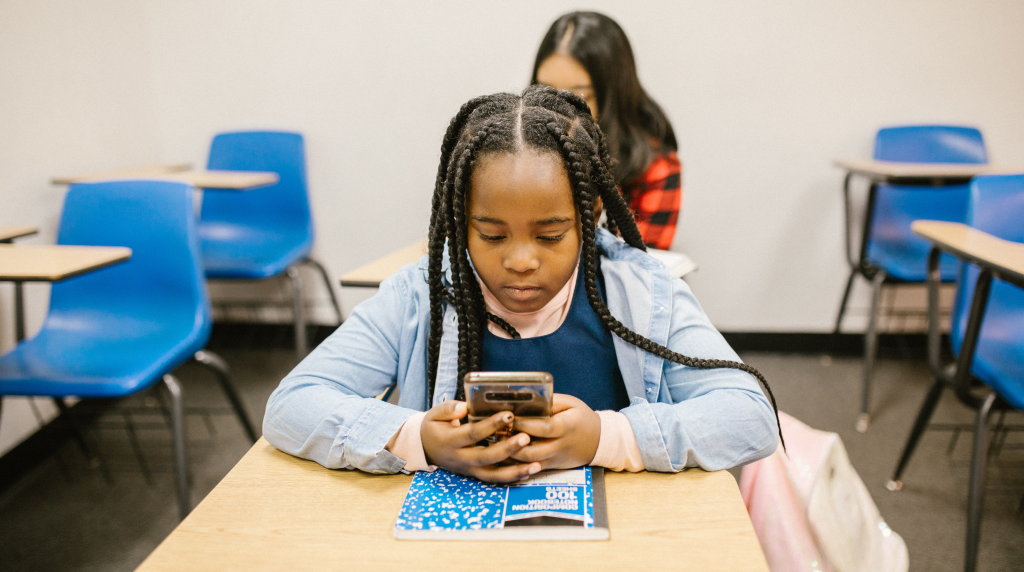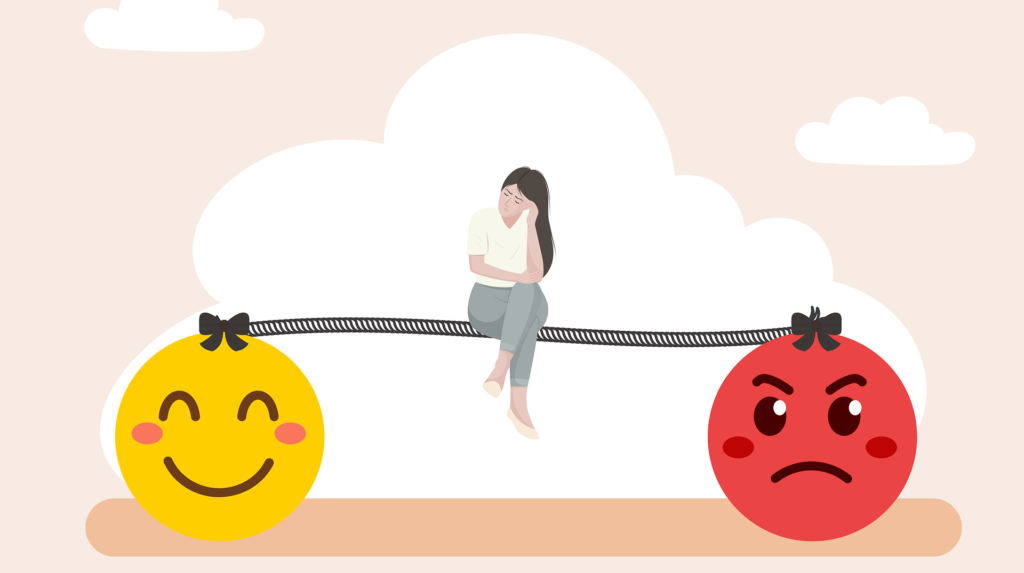During Pride Month, which takes place in June, it’s important to promote the inclusion of the LGBTIQ+ community in all areas of society. One of the areas where ensuring this inclusion is most crucial is in the educational environment, as it helps to build a more respectful society. Therefore, it’s essential for educators to work towards integrating the LGBTIQ+ community in the classroom.
In today’s post, we’ll provide you with information to understand the importance of including the LGBTIQ+ community in the classroom, and we’ll give you several recommendations to successfully implement this not just during that month, but throughout the entire year.
Join us on this journey towards equality and respect!
Comprendiendo el movimiento y la diversidad LGBTIQ+
Before delving into how we can support the LGBTIQ+ community in the classroom, we must grasp the history of this community and some key terms.
The LGBTIQ+ community has faced a lot of discrimination and inequality throughout its history, leading to numerous social movements advocating for equality and respect for the community.
A pivotal moment in the fight for LGBTIQ+ rights occurred at Stonewall in 1969. The Stonewall Riots, which emerged in a New York bar advocating for LGBTIQ+ rights, have become a symbol of resistance. This is why Pride Month is celebrated in June, commemorating these events.
Within the LGBTIQ+ community, there are various sexual and gender identities worth understanding to ensure respect for the vast diversity:
- Lesbian: A woman who is attracted to other women.
- Gay: A man who is attracted to other men.
- Bisexual: A person attracted to more than one gender, whether their own gender or others.
- Transgender: A person whose gender identity doesn’t align with the sex assigned at birth. For instance, someone born female but identifying as male.
- Intersex: A person born with biological sexual characteristics that do not conform to commonly known male or female norms.
- Queer: A person who doesn’t strictly identify with traditional sexual or gender identities.
Additionally, there are other terms encompassed by the “+”, as over time more words have emerged to define diverse sexual and gender identities not covered by the main initials of the community.
Benefits of Promoting LGBTIQ+ Inclusion in the Classroom
Working to integrate the LGBTIQ+ community into the classroom environment from educational institutions has numerous benefits for both students within the community and those outside it. Some of these benefits include:
- Enhanced emotional well-being: Inclusion of the LGBTIQ+ community in the classroom helps students who identify with the community feel accepted and that the classroom is a safe space. This boosts their self-esteem and emotional well-being.
- Improved academic performance: Creating a safe environment for LGBTIQ+ students encourages better learning. By feeling supported in the school environment, their fear of harassment and discrimination diminishes, allowing their academic potential to flourish.
- Development of respect and empathy: Inclusion of the LGBTIQ+ community in the classroom aids in developing social skills for all students, regardless of their affiliation with the community. Raising awareness about the diversity of sexual and gender identities fosters empathy and respect among all members of the educational community.
Recommendations for Successful LGBTIQ+ Community Inclusion in the Classroom
Having understood the above, you now know about the LGBTIQ+ movement and how fostering a respectful classroom environment can benefit your students. Here are some recommendations to ensure a successful process of LGBTIQ+ community inclusion in your classroom:
1) Promote the use of inclusive and respectful language
Using inclusive language is crucial for building a safe and inclusive environment. This can be achieved through various means, such as:
- Using more general terms that acknowledge multiple gender identities: “students” (instead of boys and girls), for instance.
- Avoiding stereotyped expressions, like “effeminate man.”
- Using and respecting the pronouns that a person chooses to define their personal identity.
2) Integrate LGBTIQ+ themes appropriately into the curriculum
Another effective way to work towards greater LGBTIQ+ inclusion in the classroom is by appropriately integrating themes related to the LGBTIQ+ community into your subject’s curriculum.
For example, if you’re a history teacher, you can explain the contributions of LGBTIQ+ individuals to the development of historical events. If you teach literature, you can discuss how the LGBTIQ+ theme is addressed in the works of certain authors.
Furthermore, you can encourage debate and student participation, always ensuring it’s done respectfully.
If needed, with the class planner tool of Additio App, you can design your class sessions, incorporating these aspects related to the LGBTIQ+ community, and create related activities.
3) Create a safe space
It’s essential to create a safe environment where there’s no discrimination towards students who are part of the community. Here’s how you can establish such a safe and respectful environment:
- Clearly establish zero-tolerance policies for discrimination and harassment, both inside and outside the classroom. If your school already has these policies and rules in place, it’s a good time to remind students of them.
- Educate yourself on sexual and gender diversity, as well as on preventing discrimination and harassment.
- Establish communication and support channels through which students can seek advice and support from teachers and school counselors. For this, relying on communication platforms like Edvoice, which allow two-way real-time communication, is important.
4) Provide resources and information about the community
A final recommendation is to provide information about organizations that can offer support to students in need, as well as useful helpline numbers or support groups.
You can also offer resources (such as websites or articles) that can help LGBTIQ+ students. Ensure that these resources are of high quality and supported by psychologists.
Finally, you can invite members of the LGBTIQ+ community to give talks or workshops at the educational institution. This will help students gain firsthand insight into inspiring experiences.
Do you implement the mentioned recommendations in your classroom?
The above recommendations are just a few among many that you can adopt to raise awareness about the importance of integrating the LGBTIQ+ community into the classroom and ensuring their genuine inclusion. What other recommendations would you make? Share your thoughts with us on our social media platforms: Facebook, Twitter, Instagram and Youtube.
Ciao!





